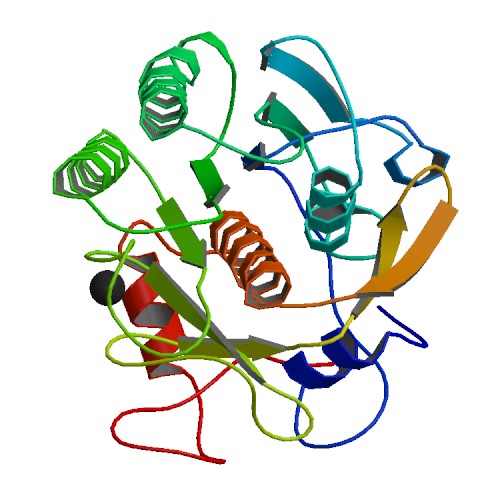In an earlier blog entry, I wrote about the ill-fated Louis XVI, the French king who was famously beheaded along with his wife, Marie-Antoinette, during the French Revolution in 1793. Witnesses to the execution dipped handkerchiefs in the king’s blood and kept them as souvenirs of the common people’s rebellion. In 2010, scientists published the presumptive DNA profile of the king, obtained from one of these bloody handkerchiefs (1). Shortly after this profile was published, doubters surfaced, arguing that scientists could not say with certainty that the blood was that of Louis XVI. Clearly, more work was needed to identify the source of the blood. Recently, additional work was published (2,3). The most recent data (3) were presented at the 2013 International Symposium on Human Identification; these newest data cast doubt on the identification of the remains of not one king, but two.
Continue reading “Update: Is It the Blood of Louis XVI?”blood
ProK: An Old ‘Pro’ That is Still In The Game

If you enter any molecular lab asking to borrow some Proteinase K, lab members are likely to answer: “I know we have it. Let me see where it is”. Sometimes the enzyme will be found to have expired. The lab may also have struggled with power outages or freezer malfunctions in the past. But the lab still decides to keep the enzyme. One may rightly ask – why do labs hang on to Proteinase K even when it has been stored under sub-standard conditions?
Continue reading “ProK: An Old ‘Pro’ That is Still In The Game”
